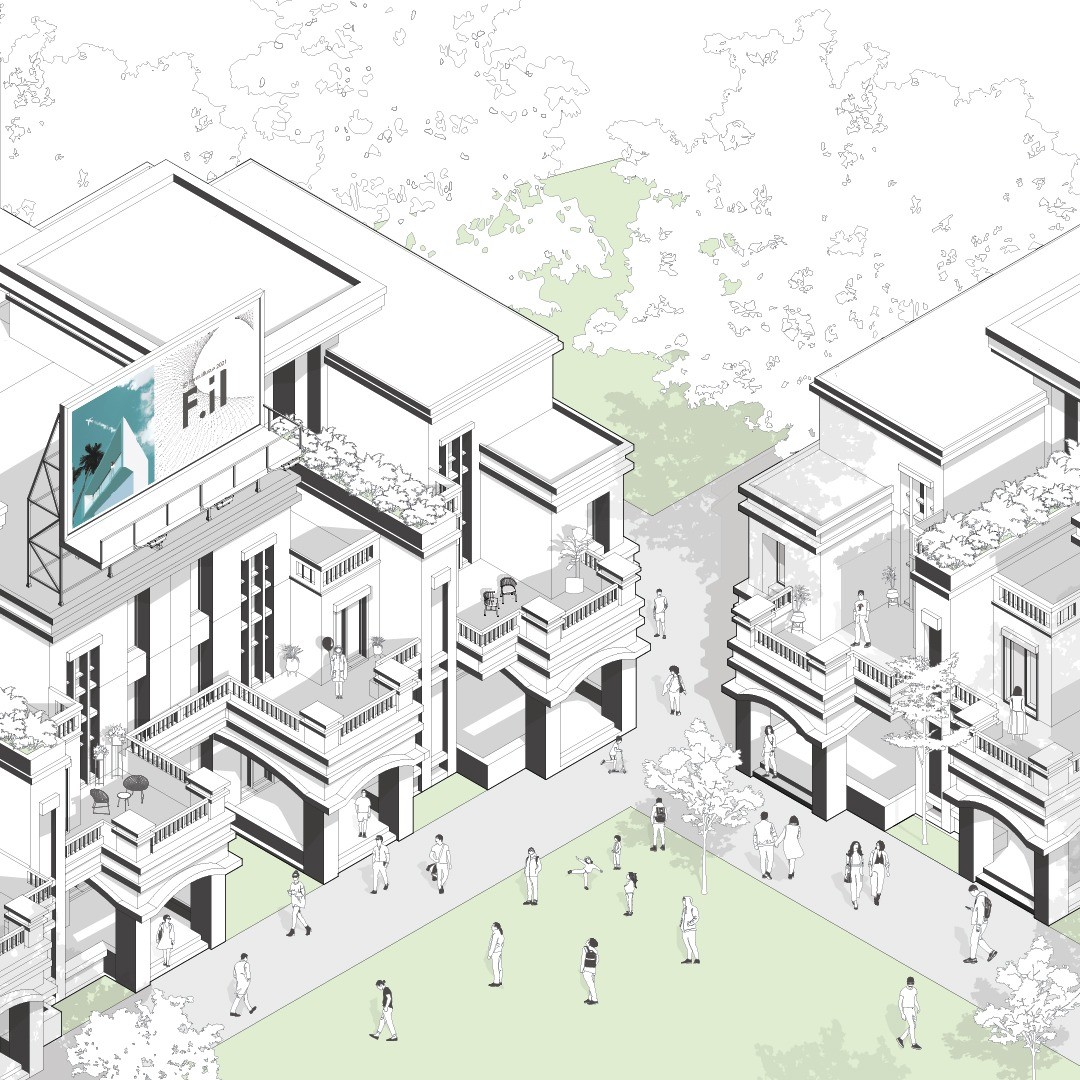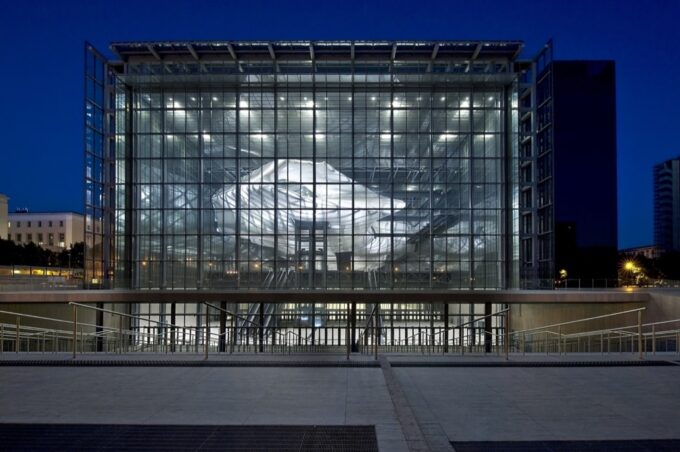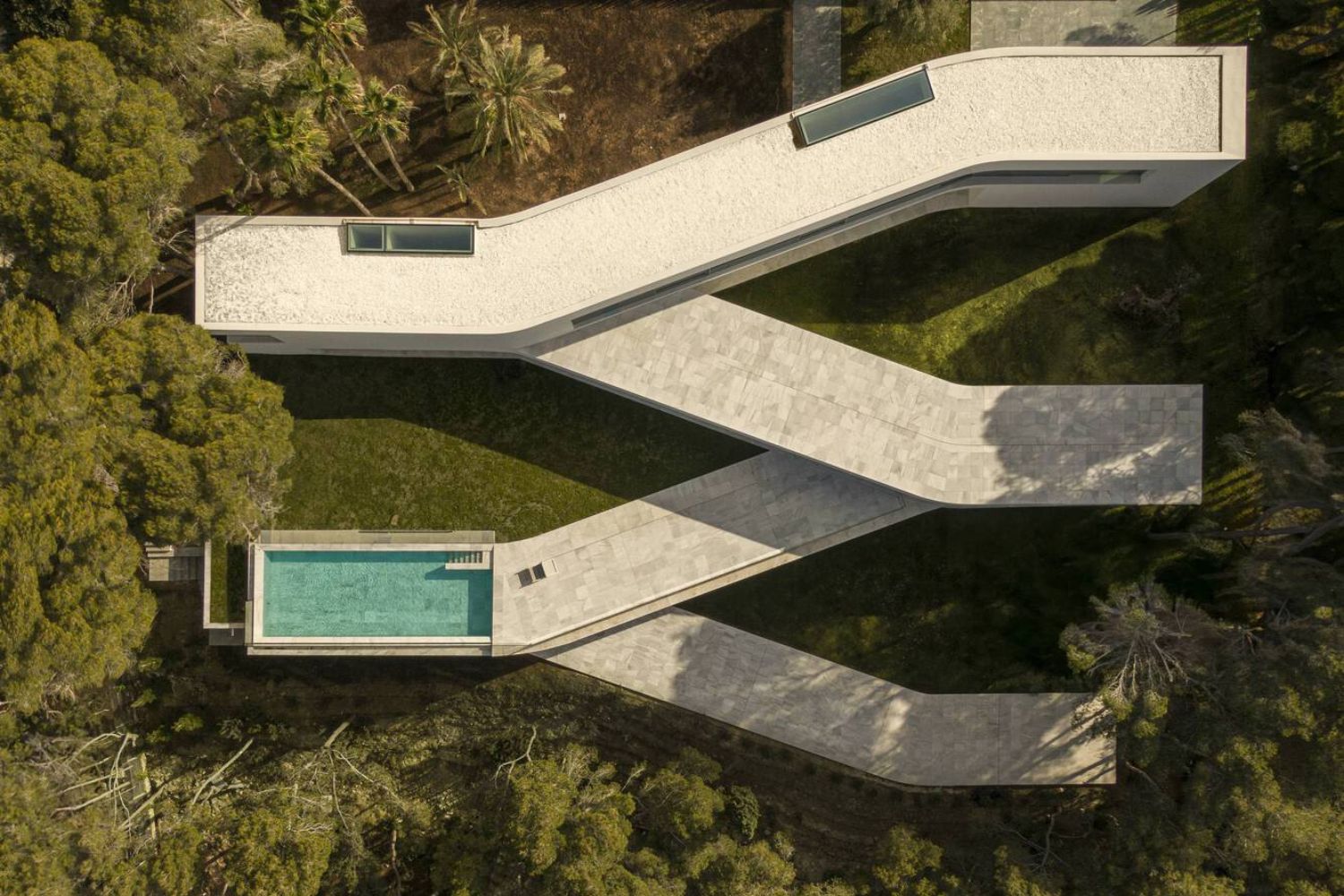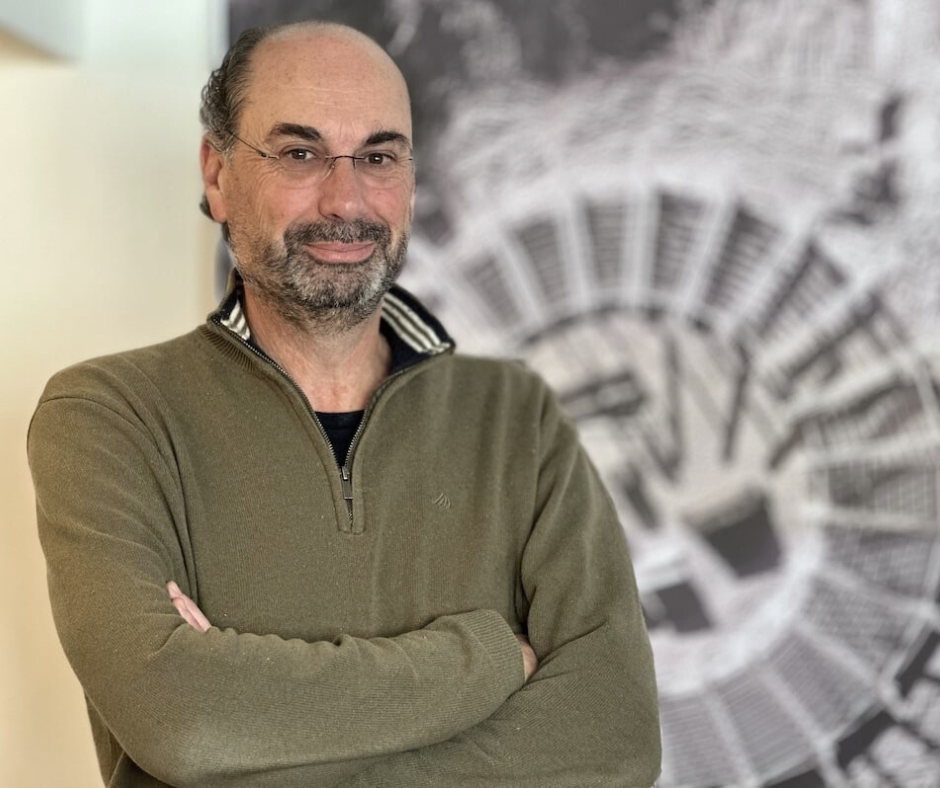- Home
- Articles
- Architectural Portfolio
- Architectral Presentation
- Inspirational Stories
- Architecture News
- Visualization
- BIM Industry
- Facade Design
- Parametric Design
- Career
- Landscape Architecture
- Construction
- Artificial Intelligence
- Sketching
- Design Softwares
- Diagrams
- Writing
- Architectural Tips
- Sustainability
- Courses
- Concept
- Technology
- History & Heritage
- Future of Architecture
- Guides & How-To
- Art & Culture
- Projects
- Interior Design
- Competitions
- Jobs
- Store
- Tools
- More
- Home
- Articles
- Architectural Portfolio
- Architectral Presentation
- Inspirational Stories
- Architecture News
- Visualization
- BIM Industry
- Facade Design
- Parametric Design
- Career
- Landscape Architecture
- Construction
- Artificial Intelligence
- Sketching
- Design Softwares
- Diagrams
- Writing
- Architectural Tips
- Sustainability
- Courses
- Concept
- Technology
- History & Heritage
- Future of Architecture
- Guides & How-To
- Art & Culture
- Projects
- Interior Design
- Competitions
- Jobs
- Store
- Tools
- More
Inspirational Stories #6: Aditya Suryawanshi (Form Illustra)
In this edition of Inspirational Stories series, Aditya Suryawanshi is featured, the creative force behind Form Illustra. Known for his minimalist and thoughtful illustrations, Aditya transforms complex architectural concepts into visuals that are simple yet emotionally engaging. In the conversation, he shares his journey, inspirations, and the philosophy that guides his practice,.

We’re going on with the next article of the Inspirational Stories series. In this article, we are proud to feature Aditya Suryawanshi, the creative mind behind Form Illustra. Aditya describes himself as an architectural illustrator who bridges the gap between design and storytelling.
Through his minimalist and thoughtful illustrations, he transforms complex architectural ideas into visuals that are both clear and emotionally engaging. His work captures the essence of spatial experiences in a way that is simple, impactful, and deeply inspiring. If you’re not already following @form.illustra, now is the time to explore his unique world of architectural storytelling!
To understand Form Illustra more deeply both as a creative professional and as a person, we asked him a series of questions about his journey, his inspirations, and the philosophy behind his work. His answers not only give us insight into how he defines himself as an architectural illustrator, but also reveal the values and experiences that shape his unique storytelling approach. Through these reflections, you’ll discover how curiosity, minimalism, and a passion for clear communication come together in his practice. Below, you can read his words and gain a closer look at the story behind.

Table of Contents
ToggleHow would you describe your identity as an architectural illustrator or content creator?
I would describe myself primarily as an architectural illustrator who bridges the gap between design and storytelling. Through my illustrations, I try to distill architectural ideas into visuals that are not only informative but also emotionally resonant. My work is rooted in architecture, but it’s shaped by curiosity, minimalism, and a desire to communicate spatial experiences in a simple yet impactful way.

What made you start sharing your illustrations and ideas online, and when did it all begin?
I started sharing my work online in 2020 as a way to document my creative journey and explore architecture beyond traditional academic or professional formats. Initially, it was just a personal experiment, but over time, it became a platform to connect with a broader community of designers, students, and creatives who resonated with the kind of visual storytelling I was doing.

What do you find most challenging about producing content regularly?
The most challenging part is balancing consistency with creativity. Staying inspired while juggling other professional or personal commitments can be difficult. There’s also a constant pressure to stay relevant or “on trend” on social media, which sometimes conflicts with the slower, more thoughtful process required for meaningful illustration work.

What aspects of architecture do you most want to highlight or make more visible through your work?
I aim to highlight the poetic and emotional side of architecture, moments of quiet, simplicity, and human connection within spaces. I also try to make architectural concepts more accessible by visualizing ideas like scale, context, and spatial rhythm in a way that both designers and non-architects can appreciate.

Who inspires your work, illustrators, sketchers, architects, or even people from other fields?
My inspirations come from a mix of sources. Architecturally, I’m inspired by minimalists and those who focus on spatial clarity. Designers like Oki Sato (Nendo), abstract painters, filmmakers, and even musicians influence how I approach rhythm, mood, and storytelling in my visuals. I find that cross-disciplinary inspiration often brings the most interesting results.

Do you follow AI and other emerging technologies? How do you stay up-to-date with the latest trends?
Yes, I follow developments in AI and emerging design tools with keen interest. While I still work primarily with manual or digital illustration techniques, I believe AI can enhance creativity when used thoughtfully. I stay updated by reading architecture and design publications, following innovation-focused accounts, and experimenting with new tools when they align with my creative goals.

Aditya Suryawanshi’s works remind us that architecture is not only about structures, but also about the emotions and ideas that those structures carry. By turning complex design concepts into clear, minimal, and visually striking illustrations, he bridges the gap between architects, students, and anyone curious about space. His journey shows the power of storytelling in design—how visuals can teach, inspire, and connect us on a deeper level. Through his practice, Aditya continues to expand the way we see and understand architecture, one illustration at a time.
- architect interview series
- architectural art and design
- architectural design stories
- architectural drawing inspiration
- architectural illustrator
- architectural sketch inspiration
- Architectural Storytelling
- architecture visual storytelling
- contemporary illustration in architecture
- creative architectural visuals
- design storytelling
- Form Illustra
- illustration in architecture
- inspirational architecture stories
- inspiring architects series
- minimalist architecture illustration
- minimalist illustrator
- modern architectural illustrator
- storytelling through architecture
Submit your architectural projects
Follow these steps for submission your project. Submission FormLatest Posts
Inspirational Stories #14: Fran Silvestre Arquitectos
In the 14th edition of our Inspirational Stories series, Fran Silvestre Arquitectos...
Inspirational Stories #13: Studio Transit
Studio Transit’s story is a powerful example of how research, collaboration, and...
Inspirational Stories #12: Ekaterina Andryukhina (Sketch1story)
In this edition of Inspirational Stories, illustrator Ekaterina Andryukhina (@sketch1story) discusses her...
Inspirational Stories #11: Paulo Lousinha / Lousinha Arquitectos
In this edition of Inspirational Stories, we welcome Portuguese architect Paulo Lousinha...












Leave a comment